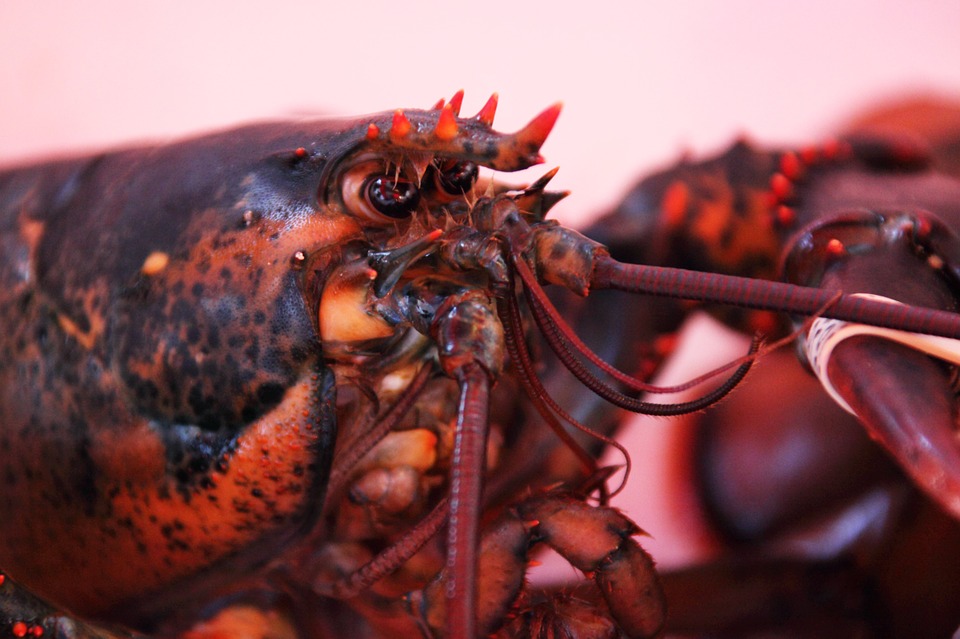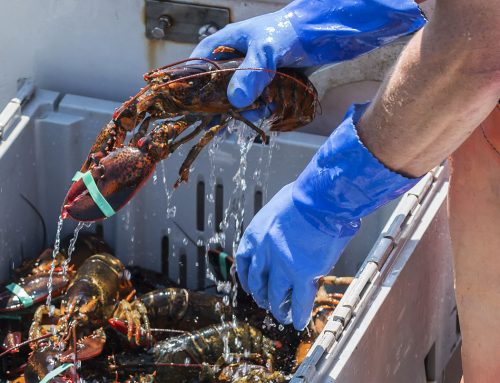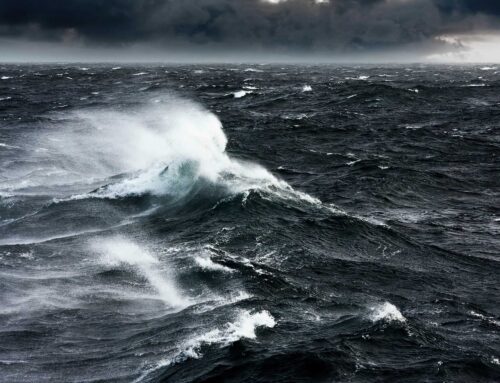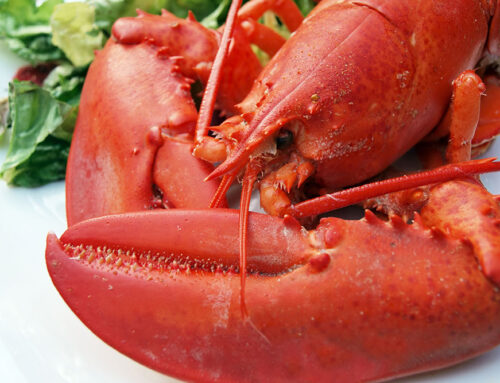Maine has always been known for its lobsters. Prior to European settlement, lobsters were so plentiful here that native tribes would harvest them in shallow water and from tide pools to use as fertilizer and bait. Soon after Europeans arrived, the massive lobster populations, combined with how easy they were to catch, led to them becoming “pauper food.” In fact, there was such an enormous surplus of lobsters for the poor that many 18th century indentured servants demanded they be contractually protected from having to eat lobster more than three times per week – quite the change from today! A growing population and efficient European fishing techniques quickly turned lobsters from undesirable meals into a lucrative industry.
A major advance occurred with the introduction of canned lobster. Canning had been developed in Europe as a means of supplying food to soldiers and sailors. In the era before refrigeration, canned food offered the most nutrition and least spoilage, and canned lobster proved popular among the military decision-makers due to its low cost, selling for as little as five cents per pound in the 1850s. Demand for canned lobster led to improved boats and traps, as well as significant growth in fishing effort – so much so that the need to prevent overfishing became apparent. By the 1870s, Maine was banning out-of-state fishermen and the capture of females with eggs, and regulating the size of lobsters that could be caught.
These regulations were excellent for protecting the population of lobsters, but they killed the canning industry because they drove down the catch and drove up the price. The lobstering industry shifted its focus from quantity to quality. Lobster pounds became common, allowing the catch to be stored live until needed. Better, longer lasting traps were developed, first the wooden parlor trap (and later the steel mesh parlor trap). Experimentation with improved bait, more modern boats and equipment, and the start of offshore lobstering led to increased catches in the 1950s. All this improved efficiency led to overfishing and, combined with good marketing, demand outstripped supply. Lobsters became the expensive delicacy we know today.
As the industry grew and its technology improved, live lobster became common at retail. Lobsters do not spoil so long as they remain alive, and they are able to remain healthy for a long time without eating. The advent of air freight, modern refrigeration, and lobster tanks enabled live lobsters to be shipped worldwide and year round. In 1987 the Maine Lobster Institute was founded to help fishermen increase their catch while keeping wild stocks healthy and plentiful. By 2011, this had resulted in the largest and most profitable catch in history.
Prices remain high due to strong world demand and a deliberately restricted supply that ensures wild populations remain robust. It is this combination of innovation and conservation, the result of cooperation between industry, government and the environment itself, that ensures lobsters will remain a delicious yet widely available delicacy for decades to come.









